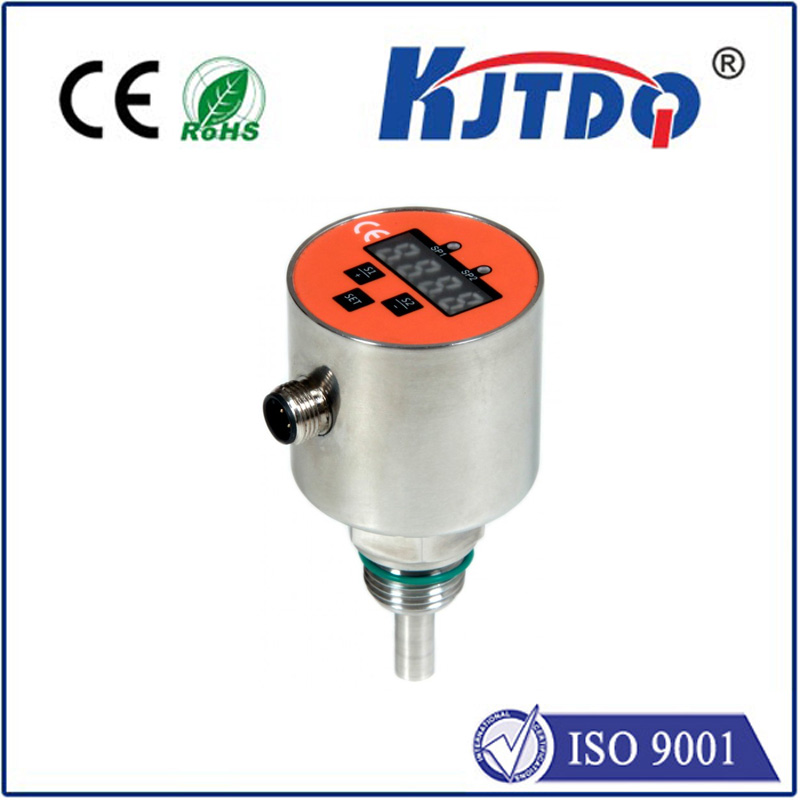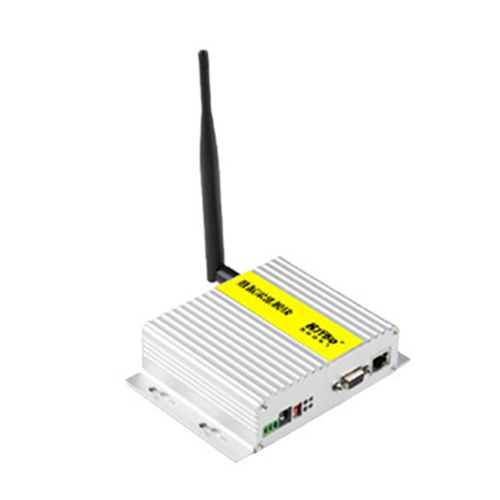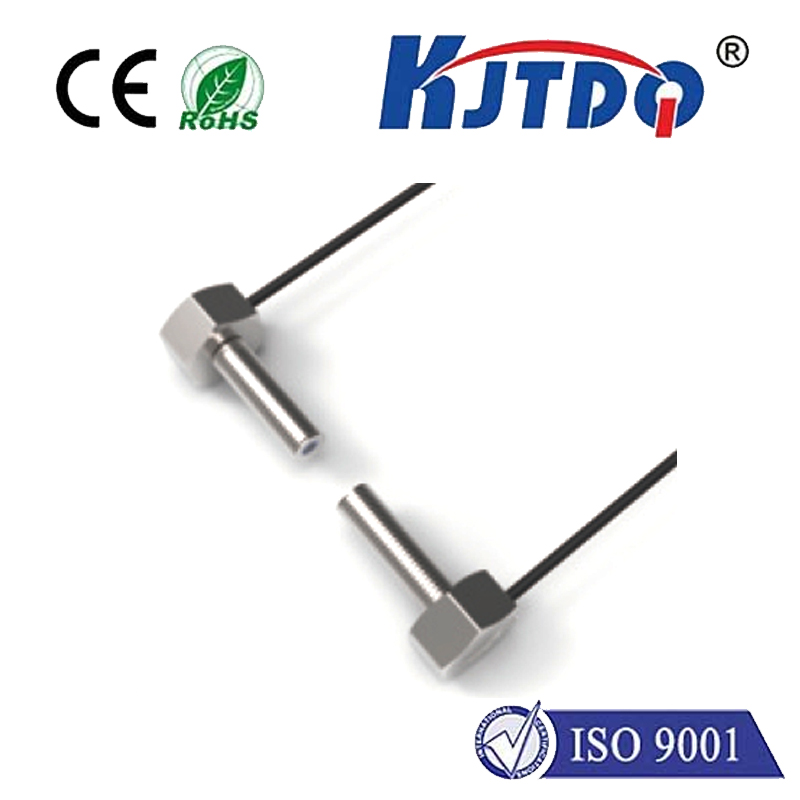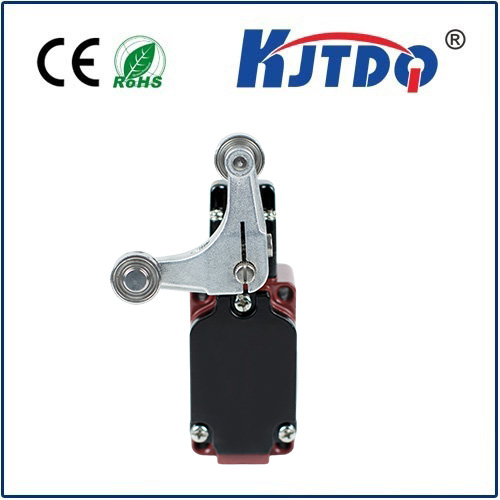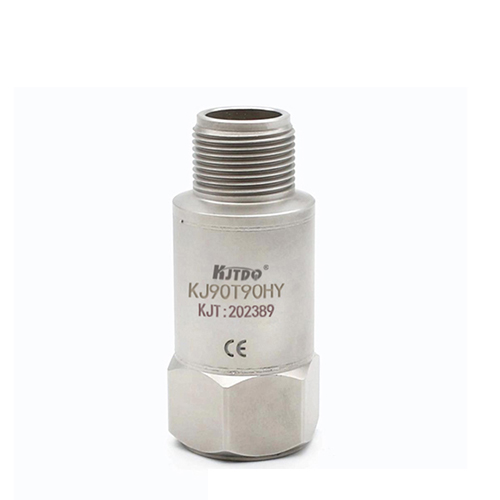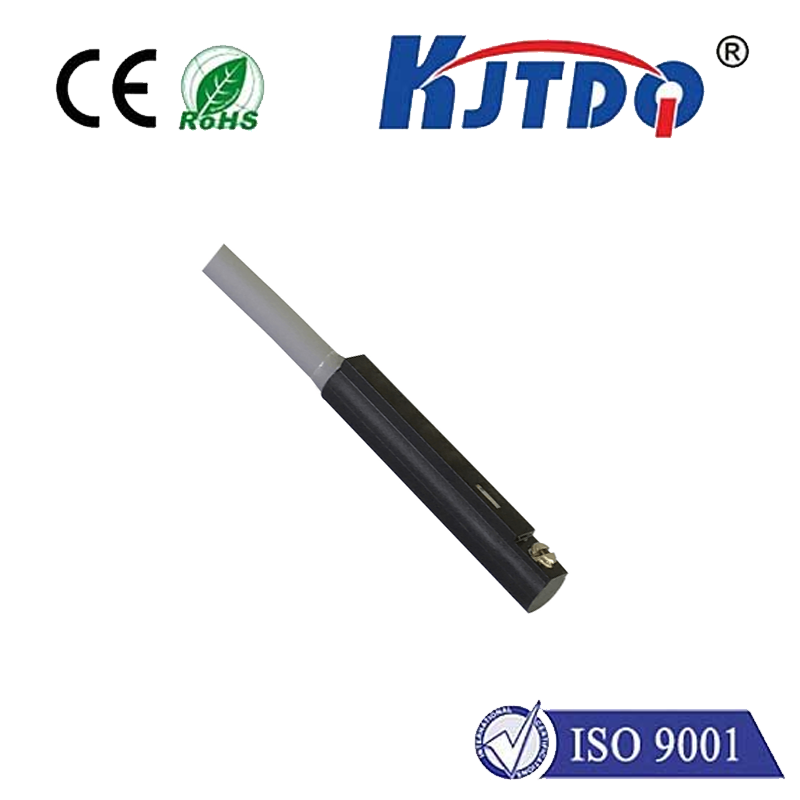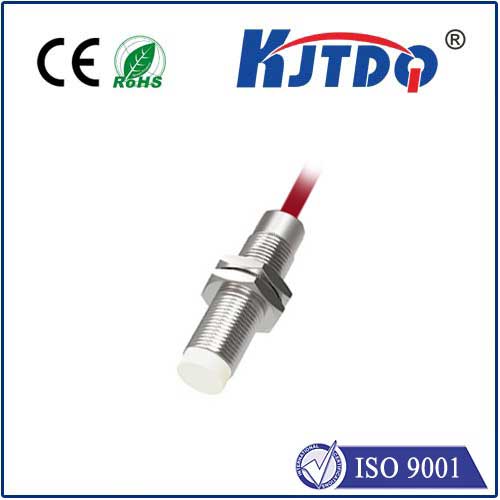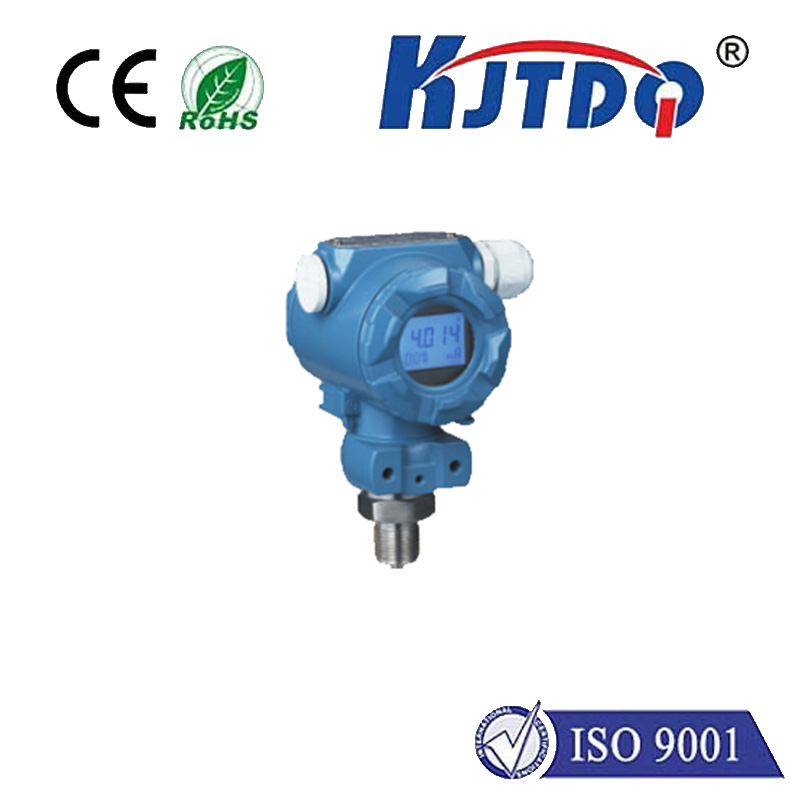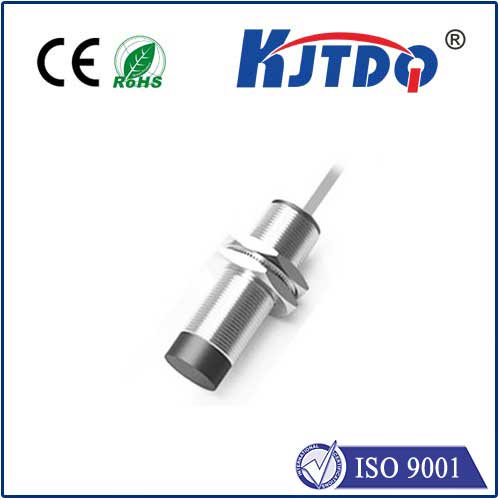

check

check

check

check

check

check

check

check

check

check
Title: The Importance of Foot Pedal Limit Switches in Industrial Applications
In industrial settings, automation and control systems play a crucial role in maximizing efficiency and productivity. One critical component of these systems is the foot pedal limit switch, which plays a vital role in ensuring safety and accurate operation of machinery. This article will explore the significance of foot pedal limit switches in industrial applications, their functions, and the importance of proper installation and maintenance.
1. Foot Pedal Limit Switch Functions
A foot pedal limit switch is a mechanical device used to detect and prevent excessive or unintended pressure on a foot pedal. It consists of a spring-loaded lever that connects the pedal to an electronic controller or feedback mechanism. When pressure is applied to the pedal, the lever moves, causing the controller to execute an action based on the switch's setting (open, closed, or neutral). Foot pedal limit switches are often used in industrial environments where manual control over machinery is necessary, such as factory assembly lines, material handling systems, and power generation plants.
2. Foot Pedal Limit Switch Types
There are several types of foot pedal limit switches available on the market, each designed for specific industrial applications. These include:
a) Single-action Switch: This type of switch detects only one direction of pressure (typically up or down) and requires two actions to return to its neutral state.
b) Double-Action Switch: This switch detects both forward and backward pressure and can be easily reset to its neutral position by pressing both sides of the lever simultaneously.
c) Pneumatic Switch: This type of switch operates using compressed air and provides better sensitivity than electrical switches, making it ideal for high-pressure applications.
d) Solenoid-Operated Switch: Similar to pneumatic switches, this type of switch uses solenoids to control the flow of compressed air, providing precise positioning and activation.
3. Foot Pedal Limit Switch Installation & Maintenance
Proper installation and maintenance of foot pedal limit switches are essential for ensuring their reliable operation and preventing accidents. Here are some tips for installing and maintaining foot pedal limit switches:
a) Ensure Correct Alignment: Mount the switch securely in place, with the lever aligned correctly with the desired position of the pedal.
b) Use Adequate Lubrication: Apply a small amount of oil or grease to the pivot point of the lever to reduce friction and prevent wear.
c) Regularly Check Connections: Check the connections between the switch, controller, and feedback mechanisms regularly to ensure they are tight and free from corrosion.
d) Monitor Operation: Regularly inspect the switch for signs of wear, damage, or malfunction and perform any necessary repairs or replacements as soon as possible.
Conclusion
Foot pedal limit switches play a crucial role in ensuring safe and efficient industrial operations. By understanding their functions, types, installation, and maintenance requirements, users can make informed decisions about selecting the right switches for their specific needs. Proper use and maintenance of foot pedal limit switches can help prevent accidents, improve system performance, and prolong equipment lifespan.
